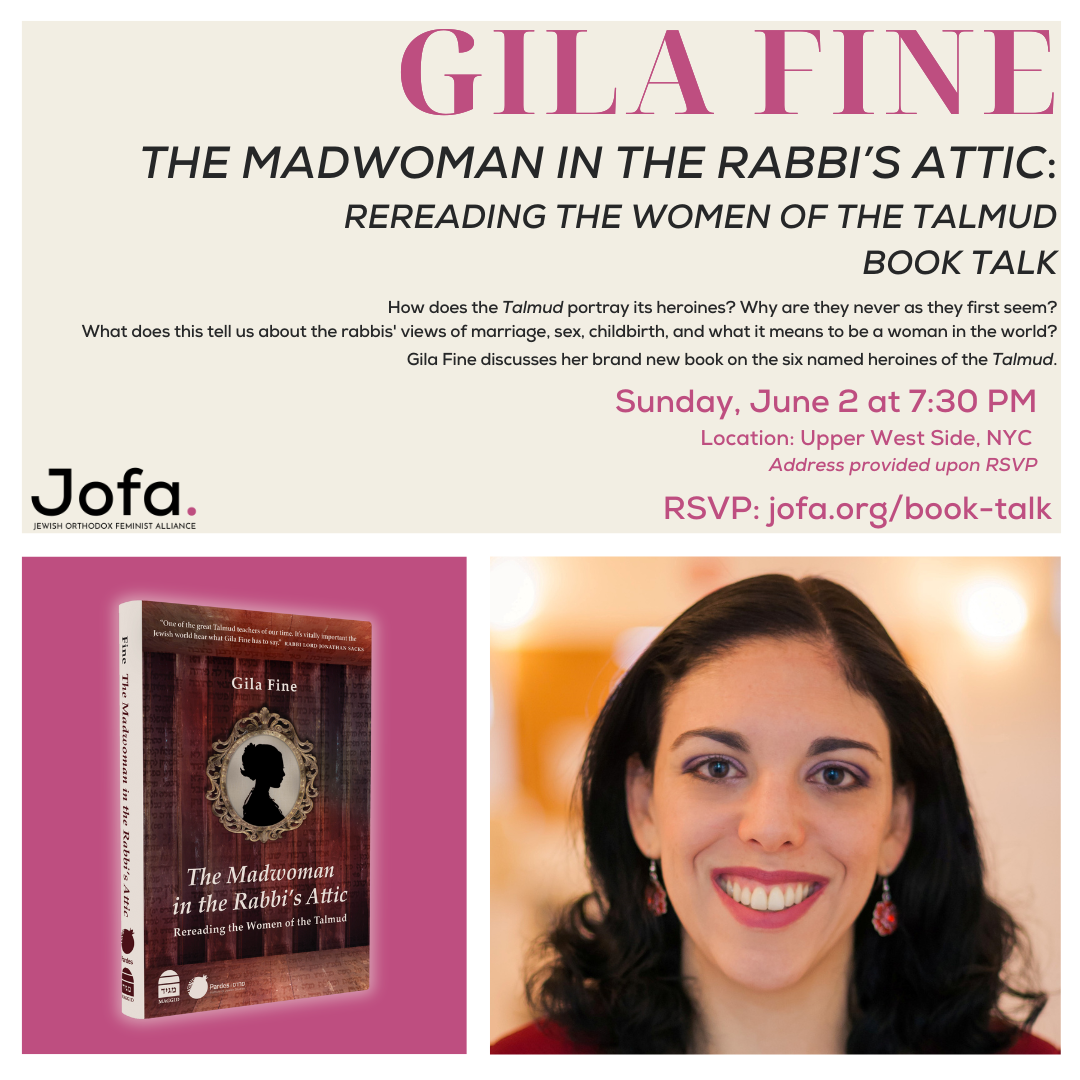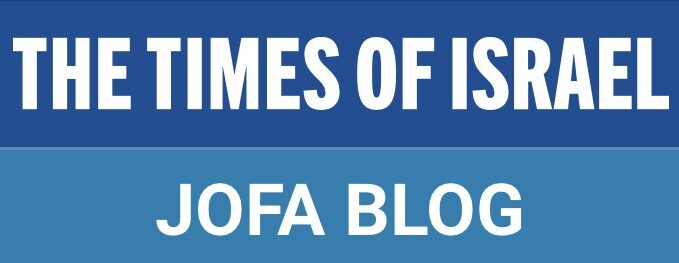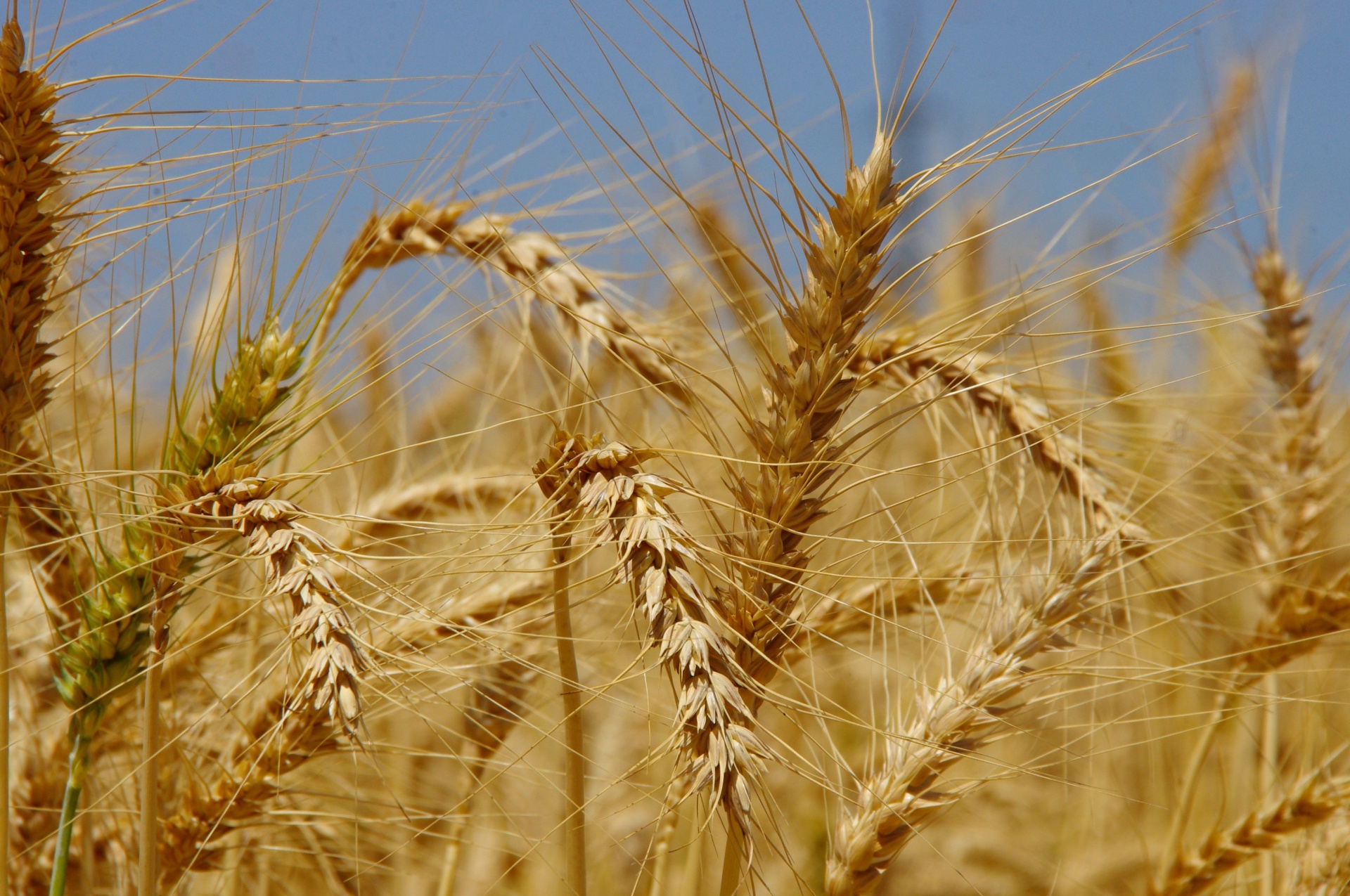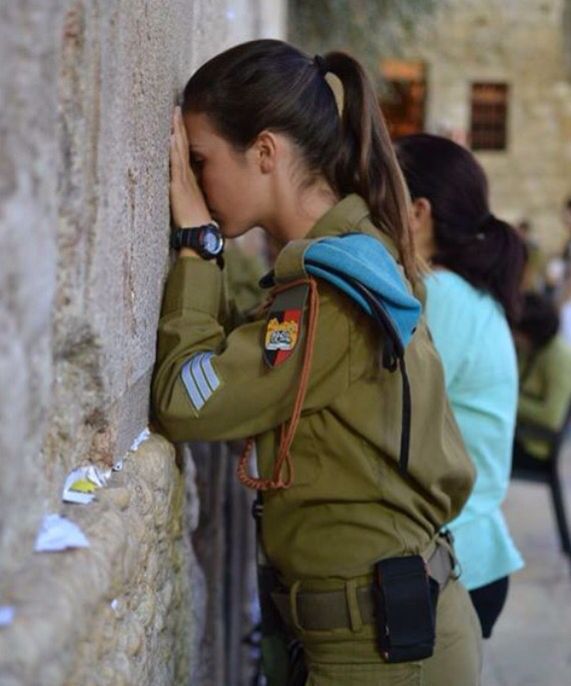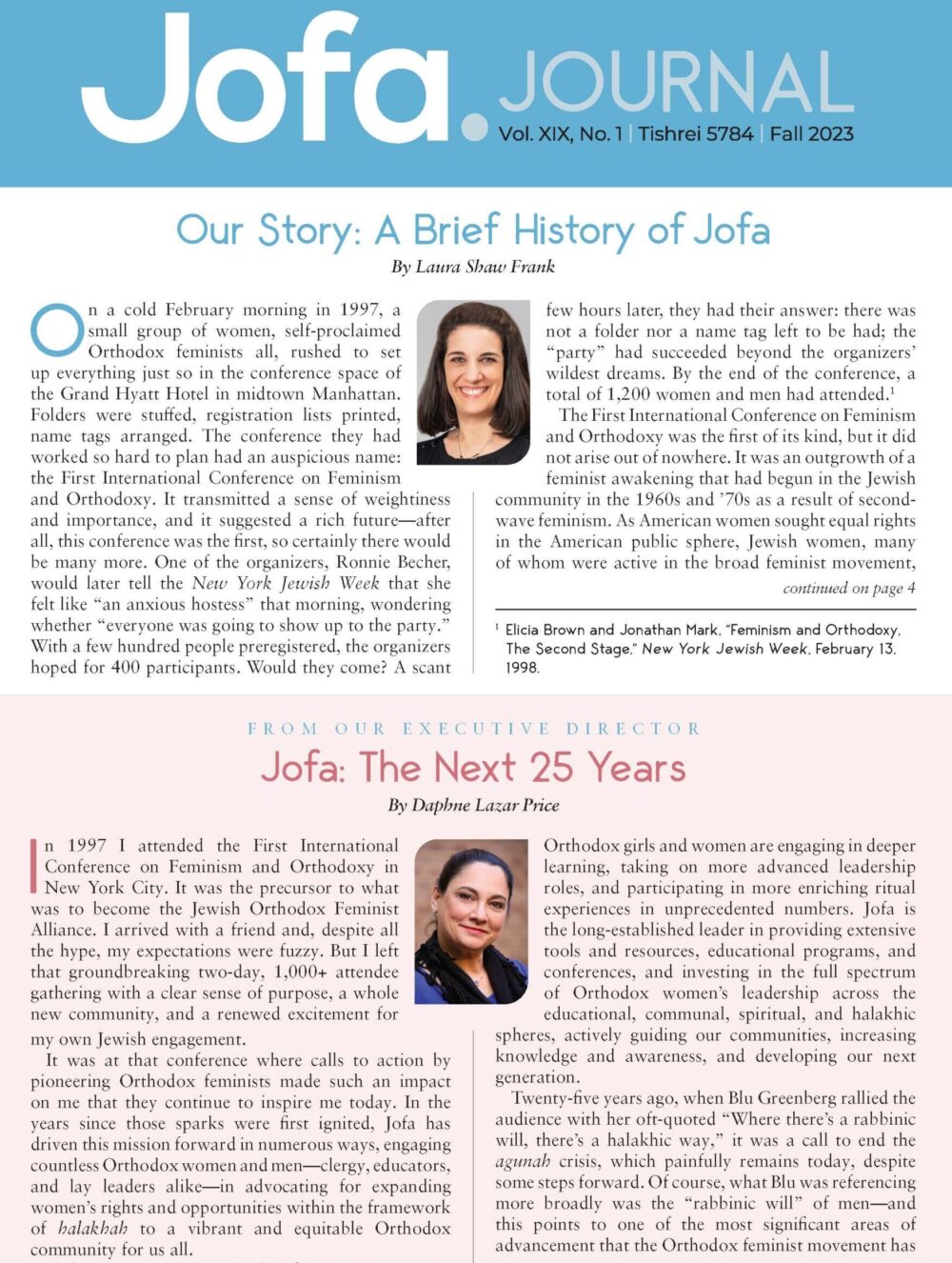By Candace Plotsker-Herman
It’s trite to say that Purim confusion morphed into Pesaḥ disappointment; my world fell apart and then I became resilient. It would be truer to add: and then anxious, and then resilient, and then anxious once more.
Of course, my family and friends provided care, support, empathy, and love. We endured challenges, including long-distance care for my 95-year-old mother and painful distance from children and grandchildren.
My story here is not one of loss and disappointment, however, but rather a celebration of the power of community and appreciation for institutions that helped me weather a storm and emerge as a more thoughtful woman. It centers on creative connections, often forged through technology. I’m not referring only to Zoom birthday parties, joyful virtual Sunday morning tefillah shared with grandchildren across the country, a New Year’s Eve mixology class with friends, bar and bat mitzvah celebrations, a host of cultural events (with a shout-out to Temple Emanuel’s Streicker Center in New York and every other JCC) and, sadly, too many funerals and shivahs.
My COVID story comprises four short stories, described here.
Brick-and-Mortar Community: Best Block Ever
I thought it cute when one of my young neighbors created a WhatsApp group called Best Block Ever, but now I suspect she might just have been a neviah, a prophetess. Here are some proofs based on last year’s texts.
Place your orders! I have challah, babke, and apple tarts.
This was from a neighbor who had canceled her son’s bar mitzvah with three days to go. Donning gloves and a mask to pack the delicacies she had been baking and freezing for months, she taught her son that:
Coming of age can entail disappointment.
Communal responsibility trumps personal fulfillment.
It’s possible to pivot with grace and generosity and turn tomorrow’s unwanted ḥametz into today’s shared, delectable treats.
Who has a charged portable speaker? I need to Zoom my father-in-law’s hesped from the
cemetery.
I just can’t do this anymore. . . . I need toothbrushes for Pesaḥ.
There are six new toothbrushes and new toothpaste in a zip-lock hanging on my door.
We posted our needs for random Pesaḥ ingredients as well as offers of excess bounty received when coveted food deliveries went awry. We left potatoes, matzah meal, and jumping toy frogs at doors, rang bells, and ran away. There were also midnight calls and texts offering listening ears and ḥizuk. It was a strange Pesaḥ, yet we were not estranged.
Tefillah Community: The Bayit
My father’s yahrzeit took place a few days after our shul shut its doors. I felt proud to belong to the Young Israel of Woodmere, New York, which took this proactive step in the face of some angry resistance. Yet I felt bereft. My daughter Michelle then told me about the Hebrew Institute of Riverdale’s Zoom tefillah. “It’s a [chat] room; you can’t really say Kaddish,” she said. Frankly, it sounded like parallel play, but it seemed better than sad solitude. I logged on and saw a familiar face, Rav Steven Exler, with a child perched on his lap. Davening was led by a woman, Rabbanit Bracha Jaffee. Not my norm, but something I’ve claimed to embrace. Now it was time to walk the talk. Rabbanit Bracha invited me to share thoughts about my father. In 56 years of yahrzeits, I’ve felt welcomed warmly in many shuls, unwelcome in others, merely tolerated in some, but never had I been asked to share memories about my father.
I have now marked two yahrzeits with this group. During the second, my 95-year-old mom held my hand from her hospital bed. And I’ve walked the talk, comfortably and proudly. Along with the men, other women and I participate by reading the tefillah for the Israel Defense Forces, the names of the deceased for whom we are learning (in acknowledgment of the fact that the Kaddish l’yaḥid [Kaddish said without a minyan] is meaningful but not a halakhic Kaddish) the mi sheberakh for ḥ̣olim, or a special COVID tefillah.
I have prayed and grown with Rabbanit Bracha and a dedicated core group for fifteen months. The Bayit’s rabbinic leadership saw a need and responded with sensitivity and creativity. Under Rabbanit Bracha’s leadership, we have nourished and cultivated a virtual caring community that prays and learns together. We are family of sorts; we read each other’s faces and note joy as well as tribulation in those little Zoom boxes. We bring a diverse set of strengths to our tefillah and learning. We’ve shared personal, familial, and professional trials and triumphs, always emerging stronger. In this davening space, when a child or grandchild wanders into the room, the tefillah stops. Rabbanit Bracha engages them—al pi darkhehem (each according to his or her needs). When a tree fell on my house, Rabbanit Bracha researched the halakhah and invited my husband and me to bentch gomel (say the blessing for deliverance from danger). When my mother became ill, each person in the group provided strength in his or her own way.
My tefillah has become more meaningful. Words that I used to gloss over have jumped off the page and grabbed me. And I try to comply with all my heart and soul when the rabbanit reminds us, before we say Mizmor l’Todah, to breathe in our gratitude and breathe out our worry. More often than not, I succeed.
Learning Community: Nishmat and Beyond
Ever since participating in Nishmat’s summer learning program in 2005, I have longed to return, but life got in the way. Strangely, the pandemic paved the way for my summer of learning. Sure, I wasn’t in Jerusalem, but I was once again learning Torah from Rabbanit Chana Henkin. After the initial week, the staff pushed me out of my comfort zone and convinced me to enroll in an all-Hebrew track.
After the summer, my ḥavrutot and I decided that although Iyov (Job) was finished with us, so to speak, we were not finished with Iyov. So we continued learning weekly. We were an unlikely trio: Freida, a retired school psychologist from Maryland; Ḥava, an educational administrator and young Parisian mom; and me, a consultant and writer from New York.
We finished Iyov and proceeded to Daniel, trying to understand his experiences through a diaspora Jewish lens and make sense out of his tortuous visions. We’ve moved on to Pirkei Avot (Ethics of the Fathers). It’s often challenging, but I look forward to our Wednesday meetings. We share a passion for learning and a sincere interest in one another’s weekly challenges and accomplishments. I believe that we enrich not only our learning, but also each other, through our different outlooks and life experiences.
Backyard Shul Community
As the ḥagim approached, it became clear that, in spite of the herculean efforts of the Young Israel of Woodmere to create safe, masked, distanced minyanim, we were not comfortable. Collaborating with a group of friends, we transformed my backyard into a shul. This was no small logistical feat. It required engineering, banging, schlepping, renting a tent, buying industrial fans and timers, and constructing an aron (ark). I charted out the seating, taping different-sized Post-its indicating the number of seats in a pod to graph paper, thus ensuring six-foot distancing. Protocols included no kissing the Torah, in-place aliyot, one designated person for petiḥah, hagbah, and galilah. We were less than gracious hosts, providing neither maḥzorim nor bathroom privileges. We did, however, supply unlimited hand sanitizer, tissues, garbage bags, and a bento-boxed Kiddush to go (including a vegan option) on my mother-in-law’s Shemini Atzeret yahrzeit.
As almost hourly (mostly male) phone calls and emails ensued, I developed a profound appreciation for the work that occurs on the other side of the meḥitzah. We needed a Torah, a ba’al tefillah, a ba’al koreh, and a ba’al toke’a—and my yoga mat for the kohanim to stand on instead of wet dew-soaked grass. And speaking of the meḥitzah, I suffered growing pains, but I walked the talk (as when eating with others one satisfies the person whose kashrut observance is strictest) in accepting that our meḥitzah needed to rise to the strictest interpretation. And as the mehitzah grew, so did my appreciation for it.
The bar was relatively low: I had hoped for safe davening. When, at the last minute, it became clear that neither my mother nor my children would join us, the bar sank a few inches more. My pod of four chairs turned into a lone seat. Yet my tefillah was incredibly spiritual. Of course, it is hard to be late for shul when it is in your own backyard. It is hard to talk in shul when that requires making the concerted effort of walking six feet. So I prayed almost every word. I was able to read more of the commentaries in my favorite maḥzorim and daven with kavanah. When I looked up, I was surrounded by dear friends and greenery—Hashem’s gifts to me. And when my dear young friend Daniel blew the shofar, I saw neighbors gathering. I saw the woman whose husband had died from COVID and the neighbor holding her son who has cerebral palsy standing, at a distance, listening to the shofar. I also saw a stream of neighbors, men pushing strollers, women holding babies, siblings holding hands—all drawn to the sound of the shofar. It was a mystical, magical moment.
Candace Plotsker-Herman provides marketing and fundraising services to nonprofits, small businesses, and entrepreneurs. She coaches high school and college students through the school application process and facilitates book group discussions.
Callouts:
My story is not one of loss and disappointment, but rather a celebration of the power of community and appreciation for institutions that helped me weather a storm and emerge as a more thoughtful woman.
It was a strange Pesaḥ, yet we were not estranged.
My tefillah has become more meaningful. Words that I used to gloss over have jumped off the page and grabbed me.

